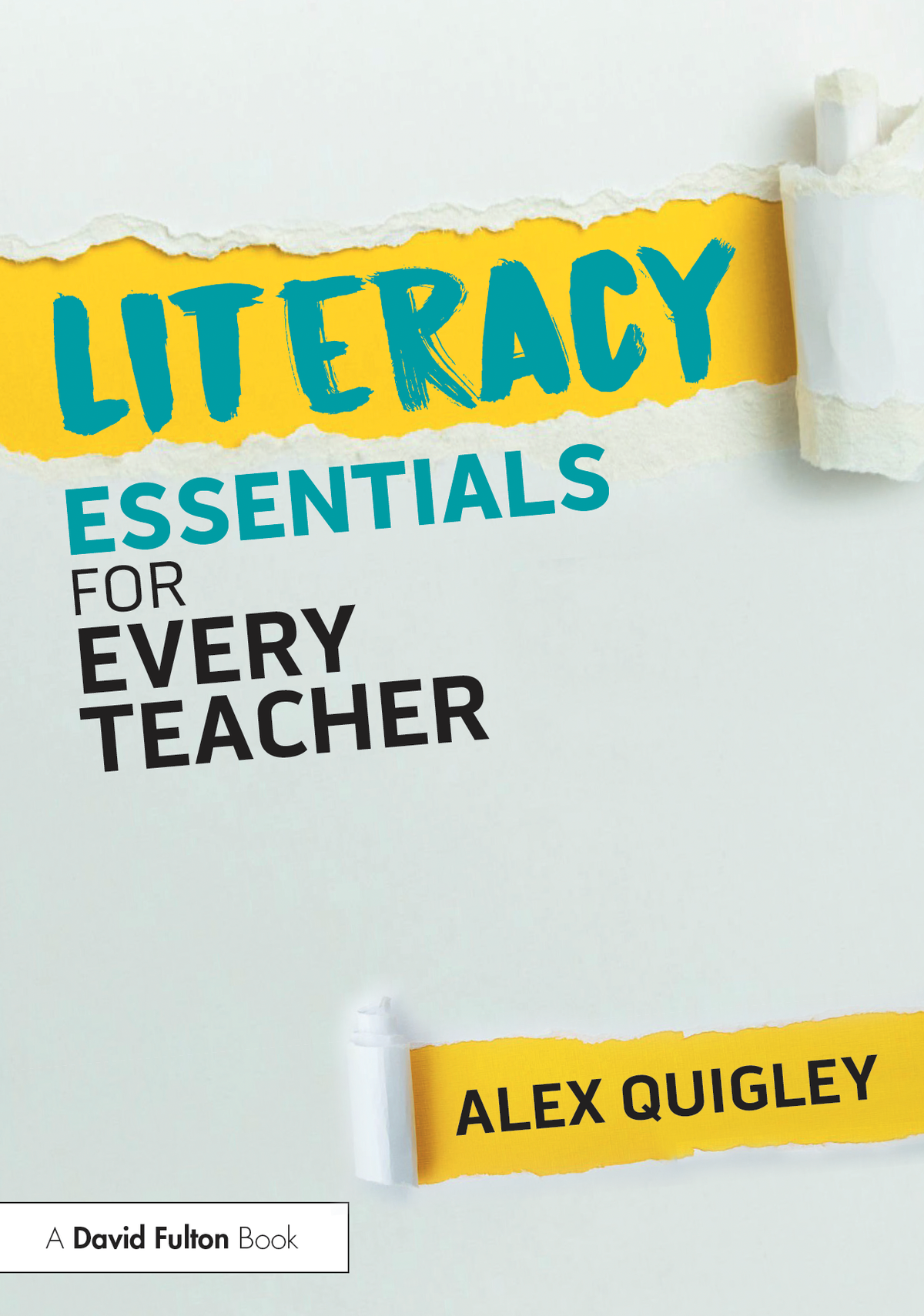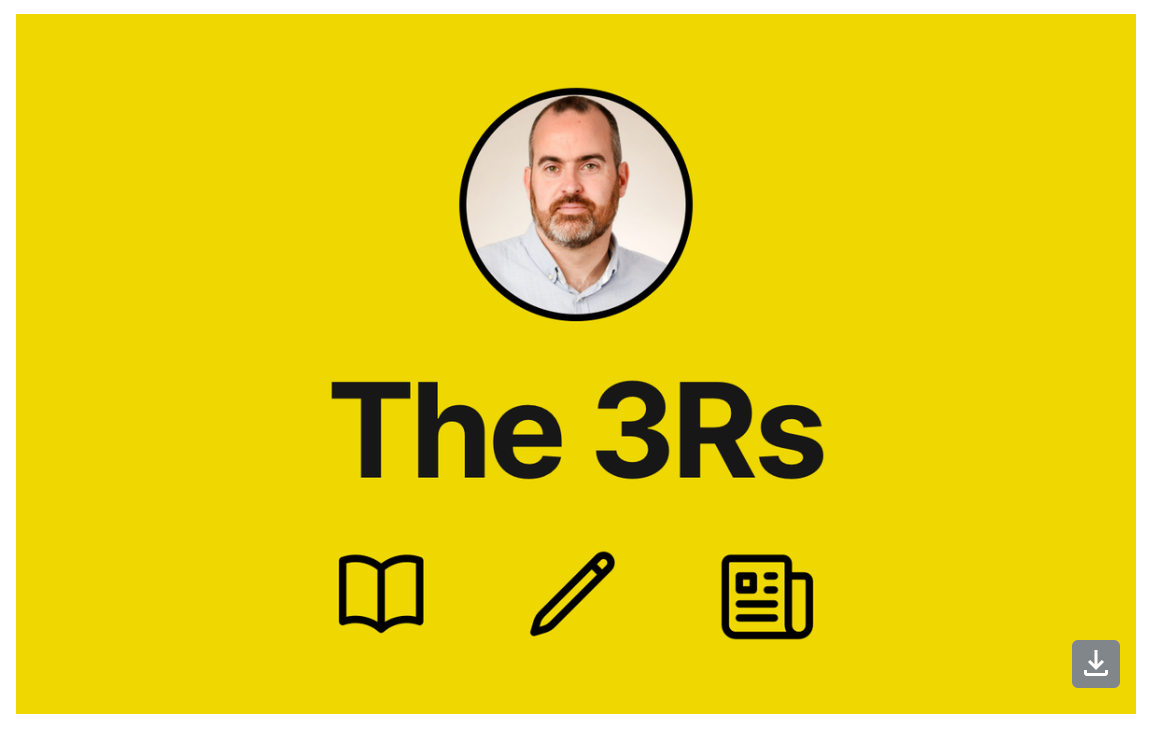High quality teaching - each day and each hour - is likely to prove the greatest lever for securing success in education. Not only that, but it is likely to be disproportionately beneficial to pupils who struggle and have additional learning needs.
So far, so obvious.
In the new OFSTED Toolkit, its definition of inclusion states the importance of focusing on high-quality teaching straightforwardly:
"Leaders understand that the most effective inclusion strategy begins with everyday high-quality inclusive teaching, which has most benefit for the pupils who find learning hardest and reduces the need for individual adaptations." OFSTED, State-funded School Inspection Toolkit (2025)
It is welcome that the central importance of high quality teaching is so well established. This wasn't always the case.
Back in 2011, the UK coalition government initiated the Pupil Premium policy to 'raise the attainment of disadvantaged pupils and close the gap between them and their peers'. When this funding was initiated, the quality of teaching seemed to take a back seat, and a focus on sending pupils out of class for additional interventions was a dominant assumption for how to address barriers to learning.
Over time, the instinct for an extra 'fix' was corrected by a re-emphasis on the power of high quality teaching. Indeed, targeted additional supports started to be viewed sceptically. In 2018, Tom Sherrington wrote:
"At some point ‘intervention’ really has to be simply ‘teaching’. Given all the variables, uncertainties and unknowns, rather than chasing interventions, it is a far far better bet to focus on teaching everyone better." 'To Address Underachieving Groups, Teach Everyone Better'
Across a similar time-period, the boom in cognitive science, Rosenshine's principles and more, signalled a concerted focus on teaching methods alongside curriculum planning. High quality teaching synced with curriculum dominated edu-conversations.
Notions of 'intervention' were so varied, with many interventions being sold to schools with little good evidence, as to provoke healthy questions in some quarters. Practices such as taking pupils out of English lessons to do literacy interventions understandably aroused suspicions about effectiveness.
Guidance to support children from disadvantaged backgrounds
The Education Endowment Foundation's 'Guide to the Pupil Premium' shared guidance with schools since near the beginning of the 2011 government policy. Since its inception, the EEF have used the tiered approach model to help school leaders consider their pupil premium strategy. For example, in the newest guidance, it states:
"High quality teaching should be a top priority for Pupil Premium spending. Making sure an effective teacher is in front of every class, and that every teacher is supported to keep improving, is key.
Targeted academic support can have a strong positive impact on learning, and is an important part of any Pupil Premium strategy.
Wider barriers to learning are important to consider as part of your Pupil Premium strategy. While many challenges may be common between schools, the specific features of the community your school serves will affect which approaches you prioritise in this category."
See the latest 'EEF Guide to the Pupil Premium'
Often, however, the connections between high quality teaching and targeted academic support are not clear enough. In this gap, impact weakens and pupils' progress can suffer.
Pupils who are struggling can benefit from more intensive practice offered by high-quality targeted academic support. For pupils struggling to access the maths curriculum, for example, targeted academic support is often a focus on interventions that are intensive versions of high quality maths teaching. In approaches like maths tutoring, students should receive more explicitness of instruction, more feedback, and more practice of maths, along with more systematic reviews of progress.
Clearly, if the targeted academic support is to be maximised, it needs to sync with the approaches undertaken in the classroom daily by teachers. It is why the evidence for the effectiveness of tutoring is greater when it is "aligned" with teaching (be that scheduling, content, teaching strategies, and more).
Additional targeted academic support is essential for some
It is no doubt a good thing to focus on improving teaching. But we should chase interventions that amplify and align with high quality teaching. For some children with additional barriers to learning, this will be essential if they are to narrow the achievement gap with their peers.
Take David, who is a pupil in year 5 who struggles with reading, and who happens to be from a disadvantaged background.
David's struggling need to be explored and diagnosed with clarity before seeking out an intervention, or assuming a deficit caused by his background. Perhaps David has lacked access to wider reading from a young age, or has experienced language delays that disrupted early reading, or struggles to decode, or he has lacked confidence reading aloud, or has significant gaps in word knowledge, or who lacks background knowledge when reading informational texts... Even more likely, David exhibits a tricky combination of issues.
Diagnosing David' needs with effective assessment is vital and it is a key tenet of inclusive practice.
Targeted academic support should be a big help and prove necessary in addition, and in alignment with, high quality teaching. Both need to be based on good assessment.
If assessment reveals that David has issues with word reading, he is likely to benefit with intensive additional support with decoding and vocabulary instruction. He may have significant challenges with a lack of background knowledge and vocabulary from which to comprehend a text, so a different targeted intervention may help intensify his exposure to crucial 'book language' and help his develop knowledge similar to that of his strong-reader peers.
Throughout the school day, David is likely to benefit from high quality exposure to oral language. Lots of book talk, and lots of wider reading, lots of knowledge building, and reading strategies to unpick a rich diet of texts across the curriculum. High quality teaching will make a difference, but David will need additional targeted practice in relation to his peers.
Intensive, explicit practice posed by additional interventions can help narrow the attainment gap for David.
For example, the school may select 'Reciprocal Reading' to give David vital additional exposure to reading instruction and practice. The success of 'Reciprocal Reading' is that is offers intensive reading practice and exposure to book language. It models and scaffolds the strategies that David' strong-reader peers seem to exhibit more 'naturally', such as clarifying language they don't know, or questioning and summarising the text. Effectively it is a model for intensive, high quality book talk.
The impact of such an intervention will wash away if David doesn't continue to experience a rich reading diet through the curriculum, or his teachers don't get David to consolidate his understanding with lots and lots of high-quality book talk.
A school can maximise reading development for David if it aligns how reading is taught whole class, with the core components of what is taught in additional interventions. It is not a case of chasing fixes, but careful leadership planning and alignment.
The 'targeted' aspect of the reading approach is key here but often missed. Doing 10 more minutes silent reading in the morning could be handy, but it likely won't be targeted with explicit instruction and personalised feedback. Doing a cluster of revision lessons in year 11 with 20 pupils with 20 different reasons for underperformance is not targeted.
As the education system in England embarks on a new phase of understanding what inclusion means, and how high quality teaching can best support pupils, it is valuable to pause and consider how teaching and additional supports interact. How do we solve widespread issues with reading ability in key stage 3 with 'both...and' solutions?
The tiered model from the EEF for the Pupil Premium strategy encompasses a focus on high quality teaching, alongside aligned targeted support (interventions), and work on wider strategies (such as tackling attendance or strengthening parental engagement). It does offer a handy shortcut to consider all school improvement and inclusive practices.
High quality teaching should remain top of the agenda. Though it is vital to recognise that for some pupils it will not offer the volume of necessary practice posed by targeted academic support. Evidence-based interventions can prove essential and complementary to great teaching.
The challenge is therefore not choosing between great teaching and great targeted support. It is bringing them together. That way, pupils like David have the best chance to keep up with their peers, catch up where necessary, and ultimately go on to thrive and excel.






Comments